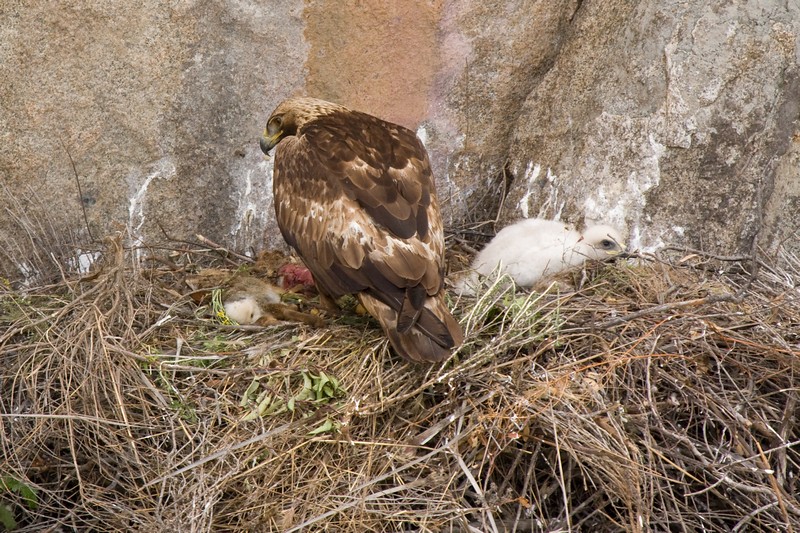This is a bit off topic with flash but its a situation i was in a couple of years ago working with a Bird Ringer who had just taken up serious photography after years of just ringing.
The guy knew that i was aware of nearly every nest site within a few miles of a certain stretch of river,we did know each other and he did contact me regarding getting shots ,he had a schedule 1 i didnt ,he knew i was getting shots pretty close, so i told him were i was getting the shots ,i also told him that watching there behaviour and were they go after coming out of the nest and placing a perch was the best spot as not to disturb them ,doing this allowed me to literaly get thousands of shots ,to the point were i ignored a lot of oportunitues and just watched the bird coming and going,the bird ringer was pretty impressed at my set up, but because he had a schedule 1 (i have also since found out that its site specific and he didnt tell me that at the time ,i just presumed he could do what he wanted because of the license) he decided to set up a hide ,with camera on tripod and shoot remotely from behind a tree just 15 ft away from the nest on a bank .I then left him to it until he called and told me the bird was coming down but not visiting the nest much ,i told him that for the last week i could set my watch at the feeding times ,bearing in mind this was at the peak of feeding ,i then went down at every oportunity i had in my spare time ,set up my hide and got shots ,again i got a call asking for the info on the activity etc,as he was not having much luck ,until i went down with him ,watched him set up and then retreat to behind a tree with his remote ,a few hours later no sign of the birds so we both moved ,now i had an idea that his set up was a bit to close and that him being behind the tree was not a good idea ,it just didnt sit right with me in how to get photographs of Kingfishers ,to me he was disturbing the birds ,because to me a few days earlier i was getting shots for fun and the birds were at there peak feeding ,he then decided that my spot was fine as he had seen the shots i got and low and behold ,he got shots ,no remote ,no standing behind a tree ,just sat in a hide level with the river out of sight were he could watch the birds feeding regular and if he got lucky land on the perch i set up ......of which he got with his new camera equipment,now he may like to impress with his schedule 1 but he knew f*** all about Photographing Kingfishers ,he might be able to put his hand in a nest pull out the chicks and ring them,and them put them back ,but he certainly knew how to disturb the birds with his new camera equipment of which i witnessed at first hand .....


 Golden Eagle and Chick
Golden Eagle and Chick
